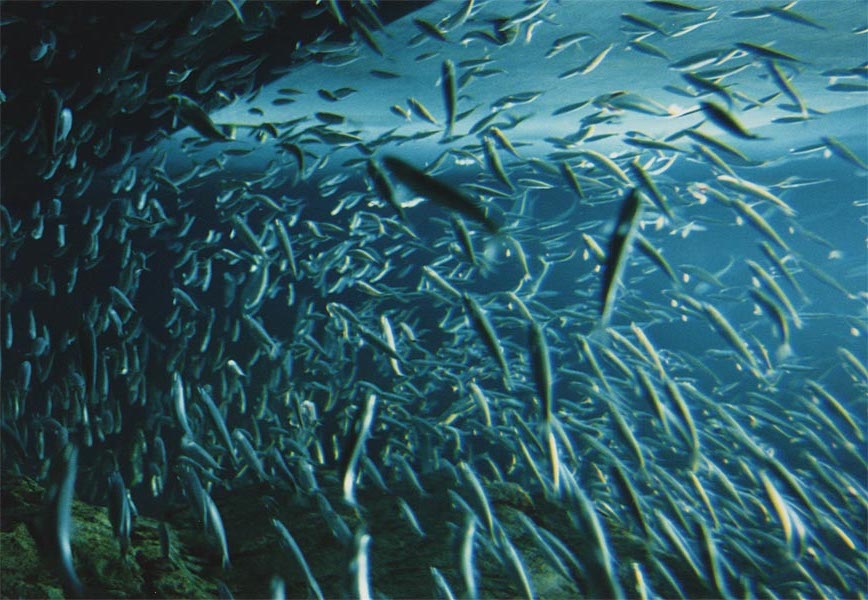Good news for fish in the recently published European Scientific, Technical and Economic Committee for Fisheries (STECF) annual report on the performance of the Common Fisheries Policy (CFP), which indicates pressure on stocks in the Northeast Atlantic dropped substantially between 2003 and 2018.
On average, the analysis indicates, for all the stocks evaluated in this area, fishing pressure has been reduced by almost half in the last two decades, with most now reaching maximum sustainable yield levels (MSY). As a consequence, fish populations have seen significant benefits – increasing by 50 per cent between 2010 and 2018.
Since 2012, recruitment levels, which show the number of young fish entering stocks, have also increased consistently. That said, uncertainties here do exist, there are ecoregion variations in success rates, and the report highlights more work is still needed, particularly in the Mediterranean. Overall, however, the analysis indicates trends are heading in a positive direction.
Welcoming the news, Europêche Managing Director, Daniel Voces, said: “The news on sustainable fisheries is unequivocally good. The majority of fish stocks in the North-East Atlantic are healthy and thriving.
“That’s thanks to many years of sacrifices being made by the EU fishing fleets and intensive collaboration with scientists and public authorities to improve fishing practices and fisheries management. Overfishing in the EU is at an all-time low”.
Drawing attention to the fact that this recent analysis again bucks the pervasive ‘crisis in fisheries’ narrative, Europêche has expressed regret that some environmental NGOs keep launching gloom and doom studies trying to prove how horrible things are in European waters by analysing the number of fish stocks or tonnes overfished in the past.
Mr Voces said: “It really upsets the industry that some NGOs do not recognise the good progress made in the past 20 years. It frustrates the efforts of our companies that invest in sustainable practices and want to do things better. It generates an ambience of mistrusts, jeopardising the collaboration of the industry with scientists, governments and NGOs”.
He continued: “It also confuses consumers that, because of aggressive campaigns from these organisations, may think that the oceans and fish stocks are in a dire situation and that consuming fish would contribute to harm the environment, when it is totally the opposite.
“The reality is that in the last 10-20 years no industry has made so many efforts and commitment towards sustainability like the European fishing industry”.
Europêche argues that part of the problem lies with the fact that the main EU fisheries law introduces targets and objectives which go against scientific advice and the ‘reality’ of fisheries. In this sense, even though scientists acknowledge that it is not possible to achieve MSY levels for all stocks at the same time, this is an actual objective of the CFP, they highlight.
In this regard, Mr Voces concluded: “Incredible accomplishments to achieve sustainability in our waters have been made in a record time, to the point that almost 100% of the landings from EU-regulated stocks come from catches fished at the MSY levels.
“However, the introduction of unachievable policy objectives in the CFP, reform after reform, unfairly gives the impression to citizens and consumers that the fishing industry is not sustainable. Policies need to be ambitious but rational at the same time”.
With respect ongoing challenges in the Mediterranean, the European fishing body states they are convinced that the new management plan for the region will deliver an important contribution towards better conservation and sustainable exploitation of fish stocks.
Image: “Herring chaos” by mrjorgen is licensed under CC BY-NC-ND 2.0


Recent Comments